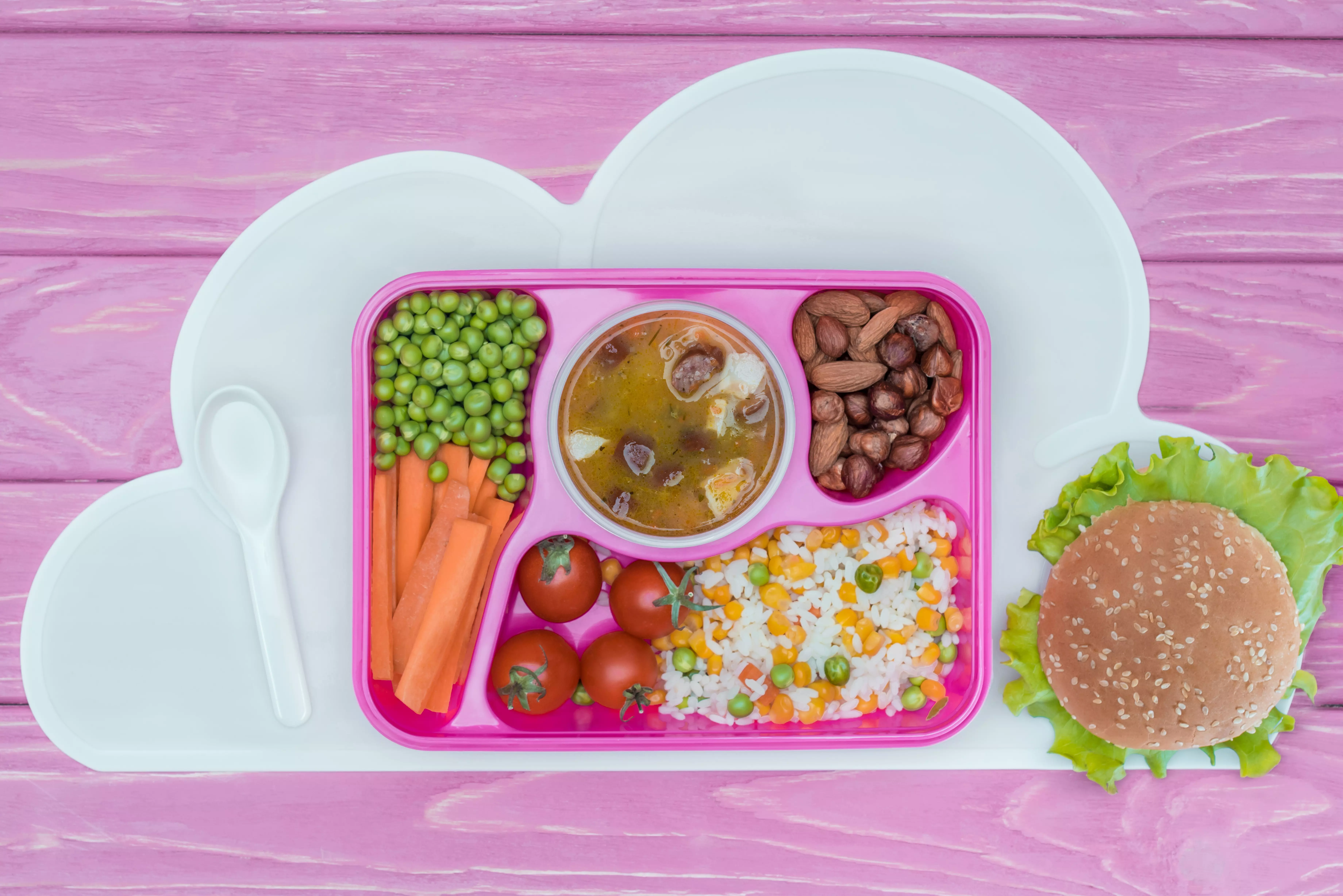An introduction to balanced meal kits
In recent years, healthy eating has become one of the key topics in everyday conversation. As the public becomes more aware of the impact of diet on health, more and more people are looking for balanced meal kits. But what does this mean and how can you incorporate them into your daily life?
What are balanced meal kits?
Balanced meal kits are not only delicious meals, but also a harmony of nutrients. They mean a balanced amount of protein, carbohydrates and fats, which translates into better well-being and health. They can be easily prepared at home, and their variety means that there is something for everyone.
Why create balanced meal kits?
The first reason to care about balanced meal kits is the impact on health. Eating with high nutritional value supports the work of the entire body. Proper nutrition affects our mood, energy levels, and immunity. In addition, by limiting processed foods, we reduce the risk of many diseases, including obesity or diabetes.
Another reason is the ecological aspect. By choosing local and seasonal products, we reduce our carbon footprint and support local economies. By opting for sustainable meal kits, we are taking a step toward a healthier and more responsible lifestyle.
Basic principles for creating sustainable meal kits
Creating sustainable meal kits is not complicated. Here are some basic principles to keep in mind:
1. Variety of ingredients
Ensure that each meal includes a variety of food groups. Vegetables, fruits, cereals, proteins should all form a harmonious whole. This will not only enrich your diet with essential vitamins, but also diversify the taste of your dishes.
2. Seasonality of products
When you choose ingredients, pay attention to their seasonality. Seasonal products are not only tastier, but also have a more beneficial effect on the planet. Moving from one place to another affects the environment, and local food is fresher and full of flavor.
3. Sustainable protein sources
We all need protein, but it's important to choose it wisely. You can combine plant and animal products. Vegetable sources of protein, such as lentils or chickpeas, can be combined with less meat - this is not only good for your health, but also for the environment.
4. Avoid processed foods
Try to limit your intake of processed foods, which are often a source of unhealthy fats, sugars and salt. Homemade dishes, using natural ingredients, are sure to be healthier and tastier.
Sample recipes for balanced meal kits
Here are some inspiring recipes to help you create your own balanced meal kits:
Salad with quinoa, vegetables and nuts
This dish not only provides protein, but also healthy fats. Mix cooked quinoa with your favorite vegetables, such as tomatoes, cucumbers or peppers. Add a handful of nuts and olive oil, and your balanced salad is ready!
Wrapping with hummus and vegetables
Such a dish is perfect for lunch. Use whole grain tortillas, spread them with hummus, and then add spinach, carrots, avocado and other favorite vegetables. Roll it up and enjoy a delicious, healthy meal.
Summary
Creating balanced meal kits is not only a fashionable trend, but also a way to take care of your health and the environment. By incorporating a few simple principles into your diet, you can not only improve your quality of life, but also strengthen your commitment to the planet. Feel free to experiment with different ingredients and discover new flavors to create your favorite sustainable dishes.

Add comment